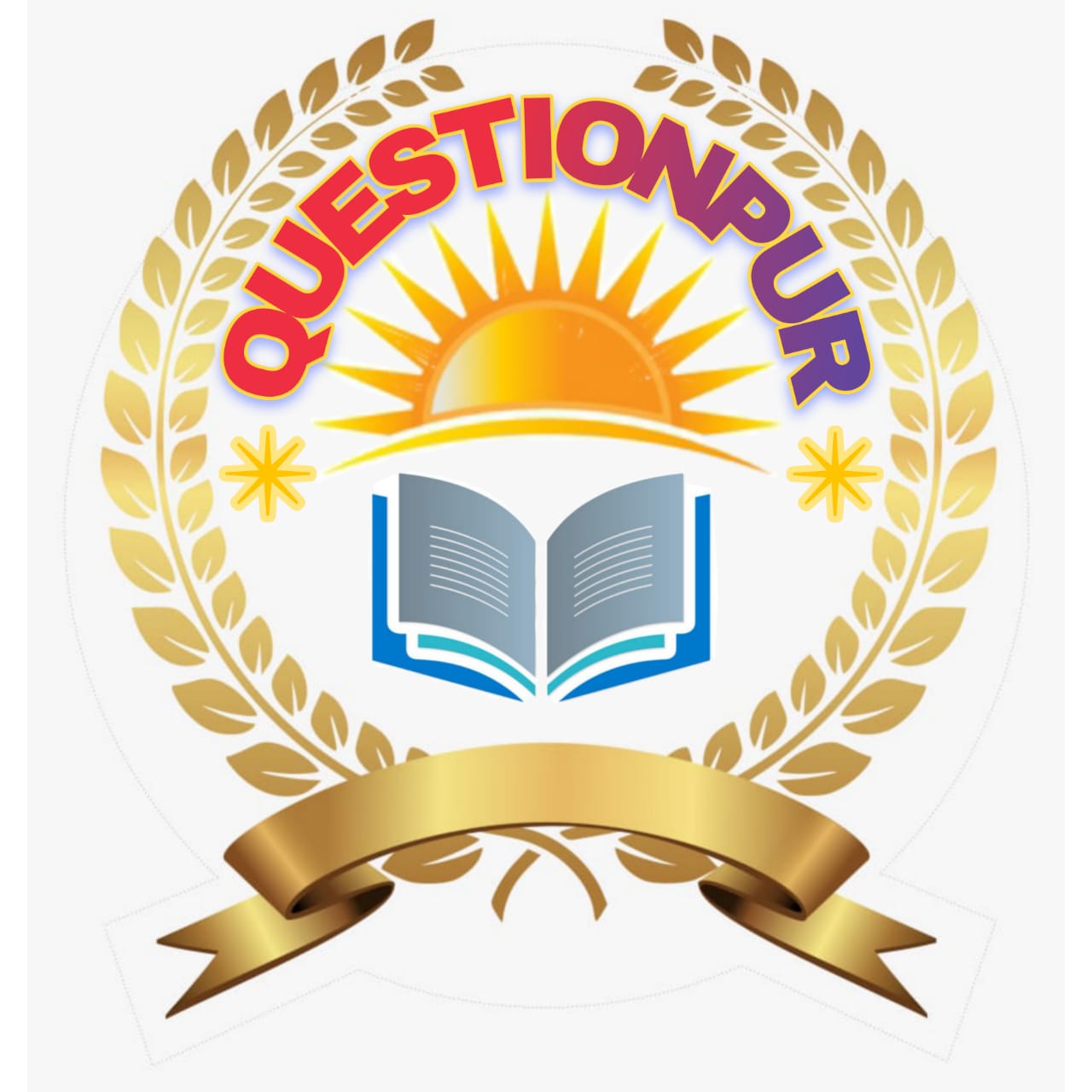ALLEGORY
Allegory is a method of representation usually literary but also including the visual arts in which the thing portrayed stands also for something else the thing may be a person an act or an abstract idea. It was first defined by Aristotle and Quintilian as an extended metaphor thus " The " is a metaphor but if the ruler is a pilot of state counsellors mariners, the storm war etc, the narrative development of the metaphor becomes an allegory.
The term is most commonly applied to a fictional narrative in which the author intends the characters and their actions to be understood in a sense different from the surface meaning so that the secondary meaning becomes more significant than the primary. The clearest example in English and one of the best anywhere is Bunyan's The Pilgrim's Progress.
Spenser's Faerie Queene is more complex and not entirely consistent, he figures are not only characters in a story and also abstract qualities but sometimes actual contemporaries and often all three at once. Since however complete consistency is difficult to maintain a work may have allegorical parts or adjuncts - Dante's Divine Comedy and Tennyson's Idylls of the king are examples - and the reader is expected to recognize them when they occur, without trying to carry them beyond a certain point.
Naturalism in literature
From this formal sense, moreover, the term has ranged in many directions. On a smaller scale, there is the apologue a short allegory emphasizing moral ideas the parable with a religious purpose the fable in which animals figure as human beings and still further from the centre the moralized bestarie lapidaries and herbals. Even a popular saying may be a miniature allegory. ' A rolling stone gathers no moss. "
On the other hand, there is a kind of allegory in which the secondary meanings are not too obvious or definite or easily recognized whether for purposes of disguise ( as in satire ) or amusement ( to stimulate guessing ) or for other reasons. Such allegories offer considerable opportunity for ingenious and often ill-directed interpretation.
There are also works which whether the author so intended or not seem welcome or demand secondary or parallel explanations the result that allegorical meanings are easily read into the Many parts of scripture have been treated in this way w historical allegorical and anagogical ( scripture ) interpretation The song of songs is a striking example.
Allegory and allegorical interpretation flourished in the Middle Ages and during the Renaissance. In literature t Roman de la Roses was a dominating influence and pie plowman an important specimen. Since then some of the functions have been taken over by symbolism ( where the object stands for something intangible ) and by imagery (when the picture is refracted by the imagination ).
In the visual arts allegory is static the picture or stat suggesting or implying something more than meets the eye, a in Botticelli's Primavera, Durer's Malencolia I Titian Allegoria and many others. Thus allegory is an extended narrative that carries a second meaning along with the surface story. The continuity of the second meaning involves an analogous structure of ideas or events ( frequently historical or political ); this extended metaphor distinguishes allegory from mere allusion or symbolic ambiguity.
Hence, though such work as Moby Dick has a rich symbolic structure accompanying the surface narrative one that offers multiple interpretations, it lacks the continuity o analogous meanings essential to allegory. In general, the allegory limits the possibility of interpretation once the structured narrative yields the allegorical analogy.
Landscapes and characters in the allegory are usually incarnations of abstract ideas, and characters may even bear such names as Death, fellowship, good deeds and beauty, ( as in the medieval morality play Everyman ) and Christian, faithful and Mr Worldly Wiseman ( as in Bunyan's Pilgrim's Progress ).
In these moral allegories, the narrative " level " provides entertainment while the allegory " level " instructs. It is often said that allegory " both conceals and reveals. " In the political allegory, the author may disguise his criticism or satire for fear of reprisal but perception of the analogy between the narrative and contemporary events reveals the intended meaning.
In Orwell's Animal Farm, on the other hand, the political allegory of the Bolshevik Revolution and subsequent Stalinist excesses is little concealed by the surface, discovery of the allegorical design is one of the delights of the fable.
Read More-
- Plot construction of 'She Stoops to Conquer'
- English Comedy before Goldsmith
- Sentimental Comedy: Reaction of Goldsmith against it
- Character and role of Miss Neville
- Discuss She Stoops to Conquer as a Sentimental Comedy
- Discuss Goldsmith's View of Sentimental Comedy
- Give an estimate of Goldsmith as a dramatist
- Contribution of Goldsmith as a Dramatist






